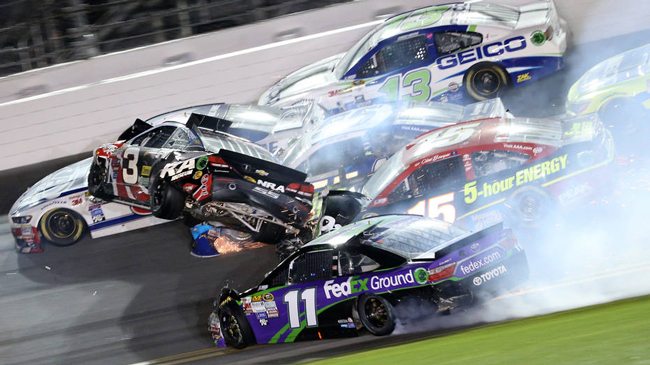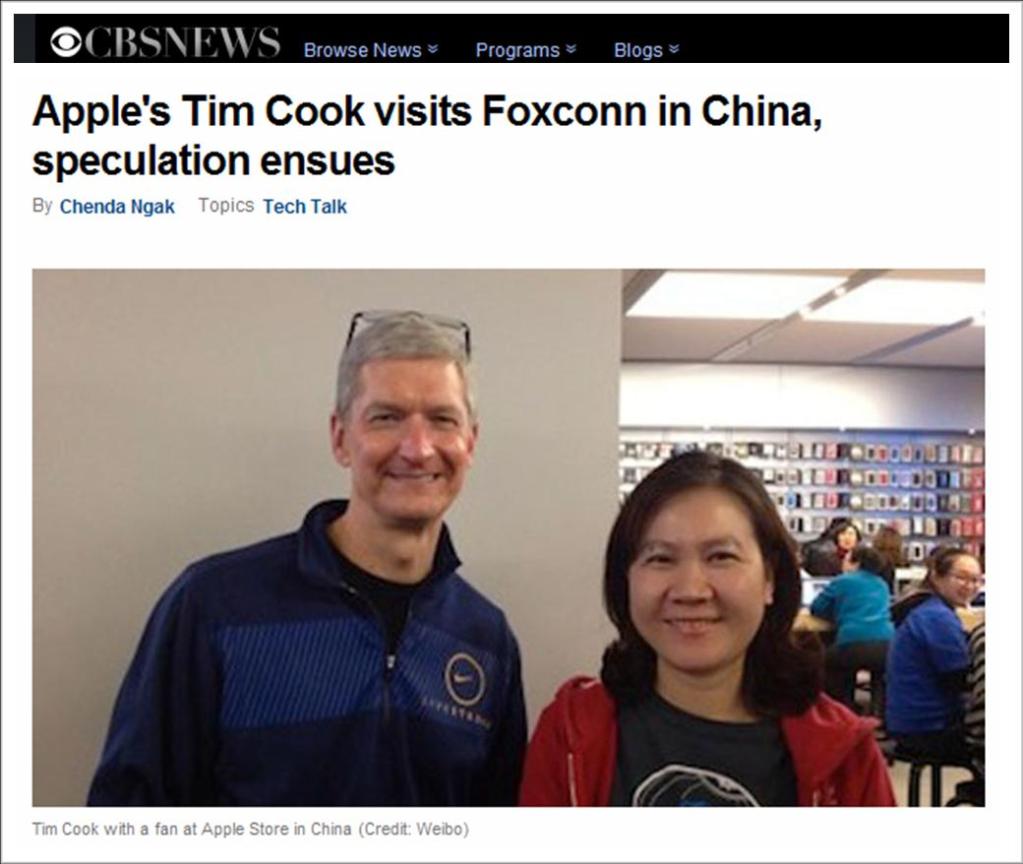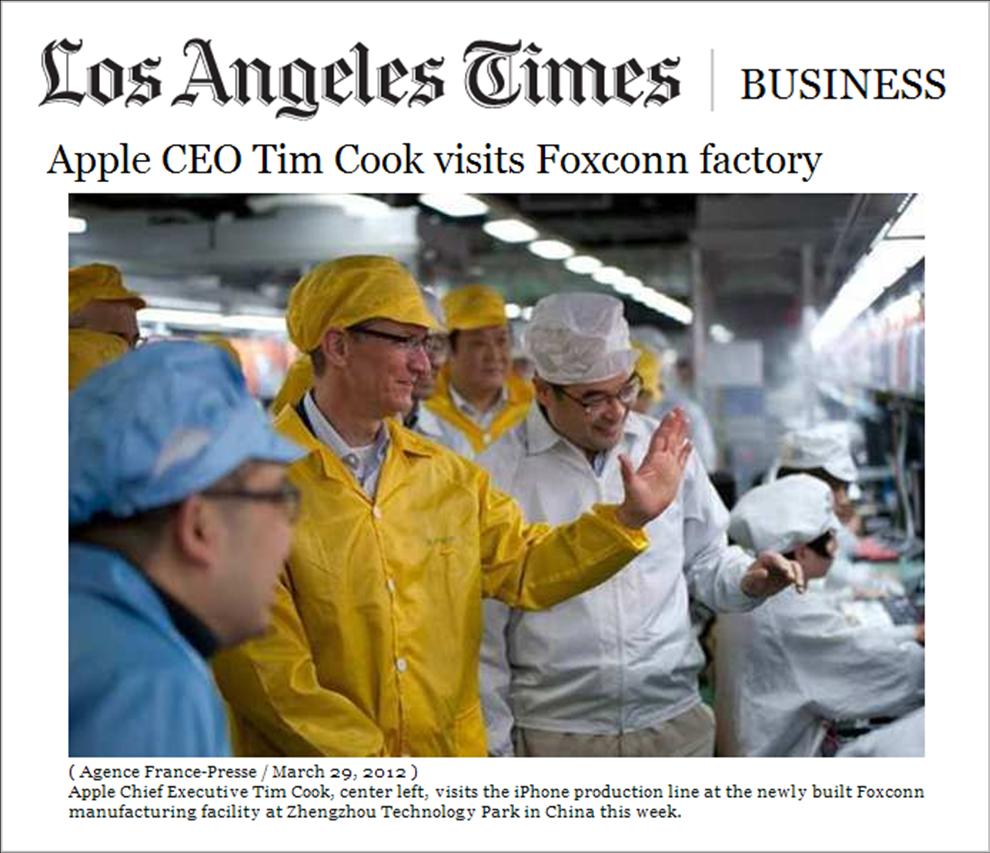No, I’m not talking about Matt Kenseth winning the Daytona 500.
Instead, consider what brings the vast majority of folks to the racetrack.
It’s the possibility to witness a high-speed wreck.
I’ve come to call the type of story that offers up the possibility of a wreck – defining “wreck” as an element of the story tied to the protagonist going horribly astray – as a “NASCAR story.”
I recently saw a front-page note in the San Jose Mercury News asking readers if they’re out of work, searching for a new job and interested in Warholic fame to drop the editors a note. The Merc will pick a few folks to follow on their job hunt and report on each saga.
This is a NASCAR story because the potential exists for a wreck. Given that almost 600,000 folks lost their jobs in January alone according to the U.S. Labor Department, there’s no guarantee that these stories will close with the birds chirping and everyone living happily ever after.
I suppose it’s a similar dynamic to reality TV and what keeps people coming back to “American Idol” (as an aside, my daughter has Lil Rounds as the early favorite). The unscripted nature of this type of story means the reader/viewer doesn’t know the ending, with the potential wreck always lurking around the corner.
I’m surprised more communications professionals don’t develop and pitch NASCAR stories. No question, there’s a dimension of risk, but the reward can be opening doors at heavyweight publications without the typical news announcement.
I flagged a story last month in The Wall Street Journal titled “Cooking Up Ways to Improve Steaks on a Plane” (provided the link to the story on MSN for those without a subscription to the online Journal). It’s an entertaining read as columnist Scott McCartney essentially places himself at the hip of the Singapore Airlines’ head of food service, Mr. Freidanck, as he evaluates one of the airline’s food vendors, the Chelsea Food Service based in Houston.
It’s also a NASCAR story.
McCartney’s unscripted “access” makes for drama and a narrative rich in anecdotes:
Because the dry air of a jet cabin dries mouths, taste is diminished in flight. So Singapore and other carriers exaggerate flavors in meals.
The piece also contains a few mini-wrecks in which the caterer’s executive chef gets raked over the coals (couldn’t resist):
Mr. Freidanck tastes while Shashi Nath, Chelsea’s executive chef, awaits judgment. A corn chowder isn’t thick enough. Oops, celeriac and pear cream soup is too thick. “Do they really understand celeriac here in Texas?” Mr. Freidanck asks the throng taking notes on every order.
A sauce is too starchy; beef soup is too salty. “Something was lost in translation on the beef soup,” he says. Crabmeat on top of avocados in one salad looks messy and he redesigns the layout himself, then photographs it when he gets it exactly as he wants it. Mushrooms in one dish are chopped too small, their variety unrecognizable. Muscovy duck is undercooked and doesn’t taste right. “It’s not Muscovy!” Mr. Freidanck says.
“It is positively,” Mr. Nath insists.
I can almost picture a shouting match: “It’s not a Muscovy duck … Yes it is … No it isn’t … Yes it is.”
Yet, even with the negatives, the reader takes away an overall positive impression of Singapore Airlines and its quest to serve the customer.
Kudos to the Singapore Airlines PR team (assuming the seed of the story came from them) for not only manufacturing the storyline but for selling the concept to management.
The media loves NASCAR stories.
It would behoove communications professionals to push beyond their comfort zone and that of their company to develop these types of angles with unhandled access. Such an approach certainly better aligns with the needs of the media than a news release.







